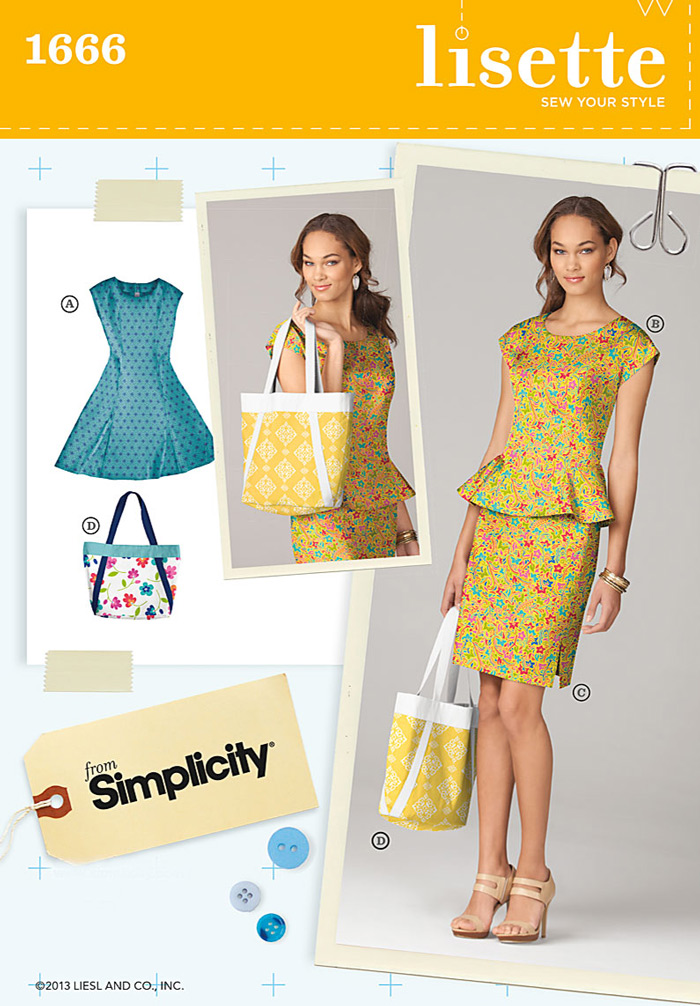Sometimes you just want to go ahead and photograph a thing, bad lighting or no. I mean, you are wearing it, you are thinking about it and you just need to get the job done.
So despite it's being a dreary day, here is a cozy new dress. Perhaps the first thing to tell about is the fabric, which is a
rayon wool blend from FabricMart. I first ordered a yard of this in the hot chocolate color, and I liked it so much that I re-ordered varying amounts of yardage in four more colors. All of the colors are muted and heathered. Although the care instructions recommend dry cleaning, I tested my first piece in the washer and have by now pre-washed all the pieces and washed one finished garment. So far, it washes very nicely and even submits to a bit of tumbling in the dryer without apparent shrinkage or other derangements.
Anyway, I recommend you get some of this fabric, because it is soft, it washes well, the colors are pretty (if you like subdued), it is easy to work with, it is $10/yard and wide and this combination of qualities is tough to find (as I know you all know). It's nominally heavy enough for a dress, though I lined the skirt portion of this one for extra smoothing and opacity. Darn, I meant to get a shot of the dress inside out to show the lining. It's a nude-colored poly ITY knit, also from FabricMart at some time in the murky past. I bought it especially for linings, but I would also like to find some nylon tricot for this purpose. Tricot would be lighter in weight and perhaps less prone to static.
The pattern is New Look 6700, an out of print pattern presumed to be from the eighties. When I do a search for it, I come up with images of another out of print New Look 6700, but that one is a sundress.
This dress is size 8 through the bodice, tapering to 10 at the waist and through the skirt. The sleeves were shortened 1 1/2", and I think I might have shortened the skirt a bit. Can't remember now (and it's only been a couple of days since I made this--oh dear).
Even in bright light the only extra "feature" I added to this dress is very subtle. Perhaps you can just barely see that I stitched seven rows of double needle pintucks at the center front. This was done before cutting out the pattern piece, in case the stitching drew the fabric in and reduced its width (which I don't think it actually did, but no harm in making sure!).
I lengthened the front bodice by about 3/4" in the front, but I'm not sure if it was necessary, at least in this very soft and drapey fabric.
The pattern called for a center back zipper, which of course was unnecessary and therefore was omitted. I kept the center back seam so that I could do a rounded back alteration (love it!), and I reserved the possibility of shaping the center back portion of the skirt seam as well. As it turned out, I didn't really feel a need to shape that seam and it could have been cut on the fold. The seam hardly shows, however.
What I see in these photos is that the armholes look low. Do you think I should address that by shortening the pattern above the bust? I'm not quite sure, but I want to tweak that.
While I like it as a dress, this would also be a perfect nightgown! Though the pattern drawing looks dated, I think the simple waist seam does me good. A straight t-shirt falling from the shoulder does not work out as well. And the neck shape is pretty. I'm very happy to be wearing this dress today, and I bet it will go out dancing tonight.























